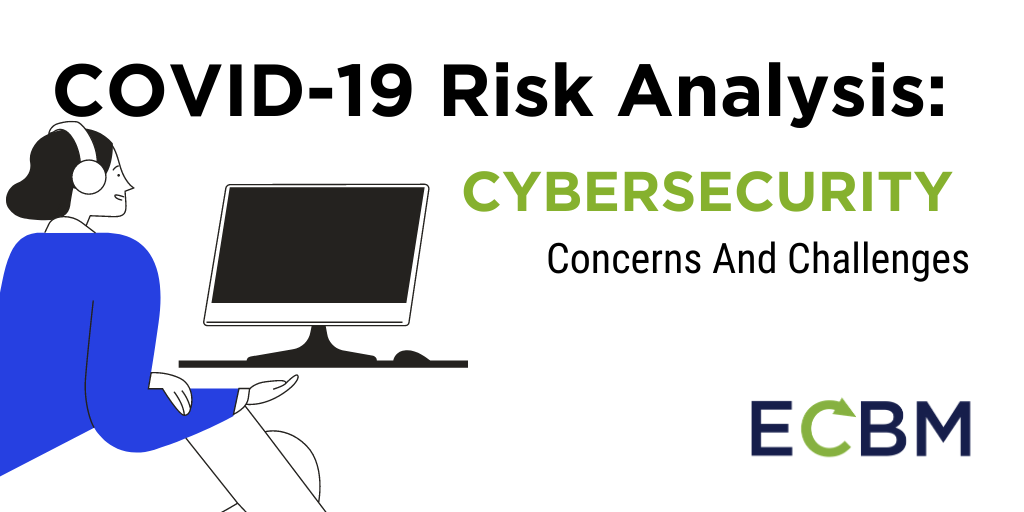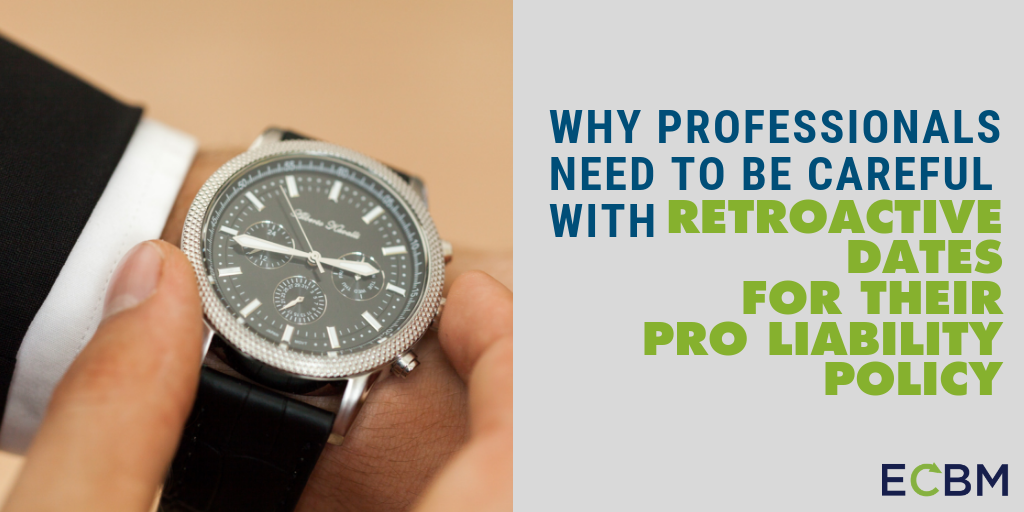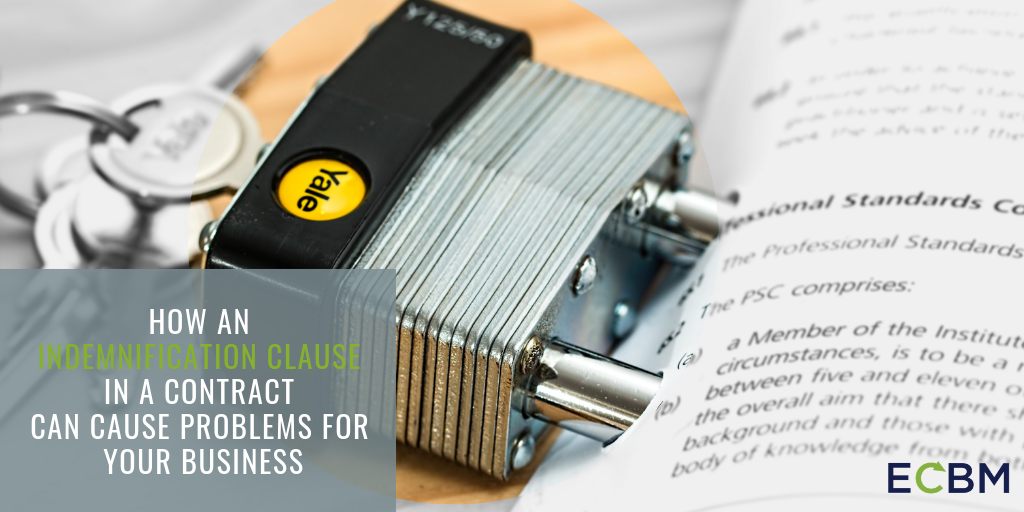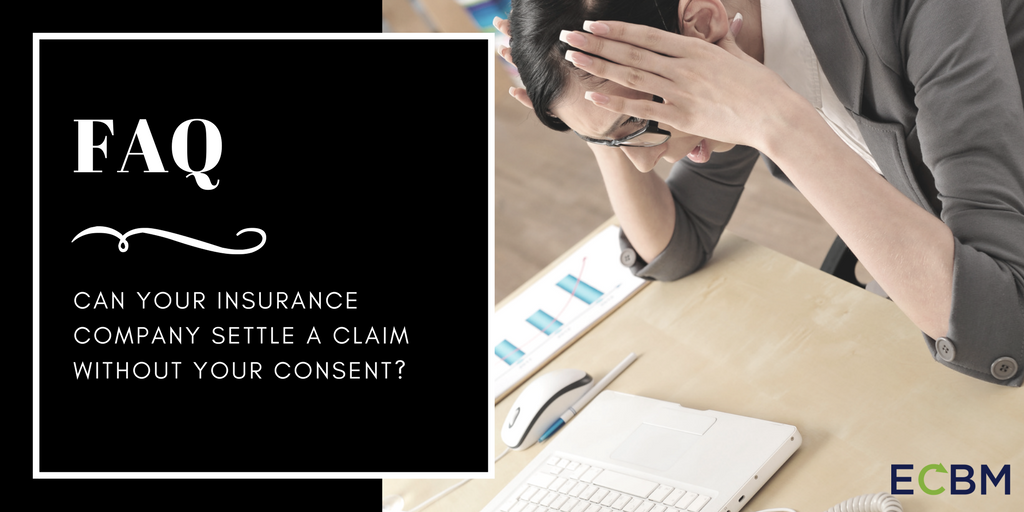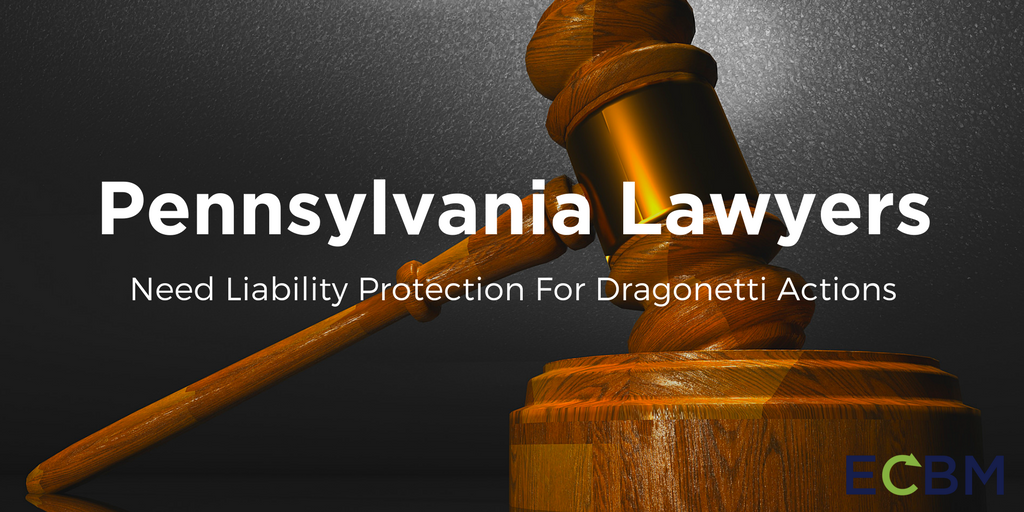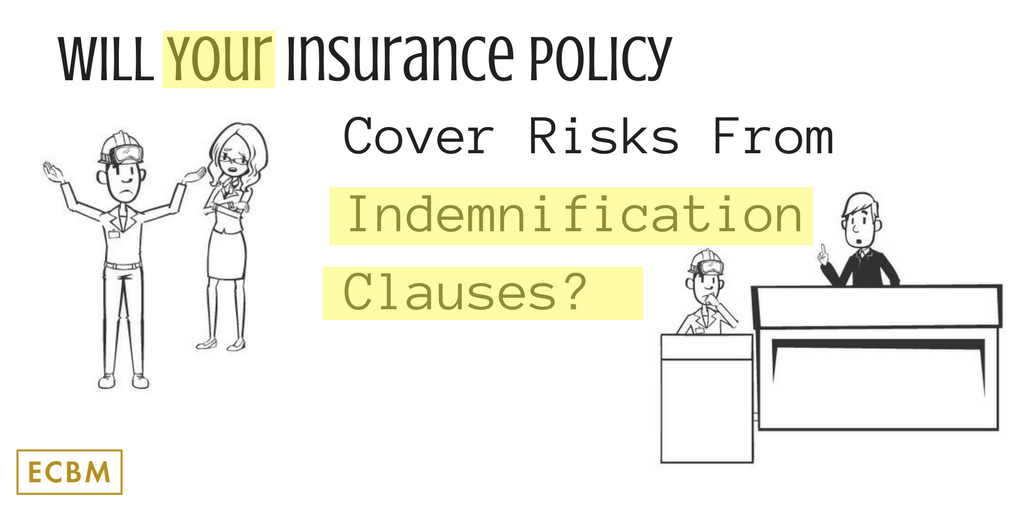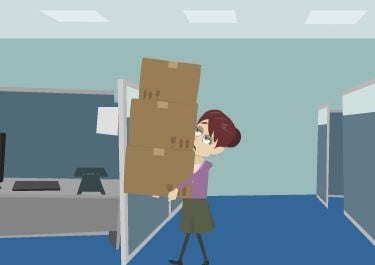COVID-19 Risk Analysis: Cybersecurity Concerns And Challenges
COVID-19 has changed the way many organizations do business. Whether out of a sense of caution or to comply with emergency orders, many businesses have shifted to allowing more work from ... READ MORE
Posted by ecbmadmin
Meeting Expectations Cybersecurity & Liability
Cyber incidents and cyber practices are testing the boundaries of the law in numerous unique ways. The length of most litigation and the relative newness of cyber technology means that many ... READ MORE
Posted by ecbmadmin
Professional Liability Policy Dates: What to Know
The failure to understand insurance coverage can create significant gaps in a company’s exposure. Businesses need to make sure they understand the terms of their policies when shopping for ... READ MORE
Posted by ecbmadmin
Law Firms Remain a Prime Target for Cyber Criminals
The Dark Overlord hack stands at the intersection of a number of prominent issues in the modern world: terrorism, cyber warfare, confidentiality and privacy. On New Year’s Eve, 2018, a ... READ MORE
Posted by ecbmadmin
How An Indemnification Clause In A Contract Can Cause Problems
Risk transfers are a vital aspect of any comprehensive risk management plan. Theoretically, those in the best position to avoid a risk should always bear responsibility for the risk. The ... READ MORE
Posted by ecbmadmin
Can Your Insurance Company Settle A Claim Without Your Consent?
The conflicting interests that may exist between an insured and their insurance company when it comes to the defense of a lawsuit have led courts to create rules to ensure everyone’s legal ... READ MORE
Posted by ecbmadmin
PA Lawyers Need Liability Protection For Dragonetti Actions
When thinking about the potential to be sued, many attorneys imagine the possibility of malpractice lawsuits - suit brought by former clients alleging they did not do their job well enough. ... READ MORE
Posted by ecbmadmin
Will Your Policy Cover Risks From Indemnification Clauses?
Indemnification clauses in commercial contracts can present a number of potential issues. When the parties to the contract do not properly think through or write out indemnification ... READ MORE
Posted by ecbmadmin
Tips For Keeping Employees Safe At The Office
Office work, while considered a low-activity job can still have dangers associated with it. Repeated movements, footwear with little traction, improper lifting techniques, equipment risks, ... READ MORE
Posted by ecbmadmin

.png)
